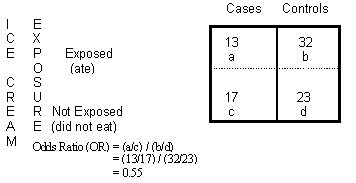What is Diagnostic Bias?

Diagnostic bias (sometimes called diagnostic suspicion bias or provider bias) is when your perceptions color your diagnosis. This type of bias can happen when knowledge of an exposure is used as a diagnostic criterion. It can also happen because personal biases, like prejudice or subjective judgment affect a diagnosis.
Examples
- Eack et. al found that African Americans were three times as likely to get diagnosed with schizophrenia compared to their white counterparts. According to the study authors, this is primarily because diagnosing physicians perceived the African Americans as being less honest about symptoms, having a poorer insight into their condition, and generally being more “uncooperative”.
- If a pathologist knows a patient is an alcoholic, a borderline liver specimen is more likely to be labeled “alcoholic cirrhosis” (Pai, n.d.).
Another way of defining diagnostic bias is that it is when exposed and unexposed patients have unequal measurement of health outcome statuses (Alexander et. al).
A similar bias is exposure suspicion bias, where a health outcome or diagnosis leads to a more (or less) intense hunt for an exposure.
Categorization
Diagnostic suspicion bias is usually categorized as a type of selection bias, although some authors classify it as a sub-type of information bias.
References:
Alexander et. al. (n.d.) “Sources of Systematic Error or Bias: Information Bias”. Eric Notebook.
Eack SM, Bahorik AL, Newhill CE, Neighbors HW, Davis LE. “Interviewer-perceived honesty as a mediator of racial disparities in the diagnosis of schizophrenia.” Psychiatr Serv. 2012 Sep 1; 63(9):875-80.
Escobar, J. Taking Issue. Diagnostic Bias: Racial and Cultural Issues. Psychiatry Online. September 01, 2012. Retrieved March 30, 2017 from: http://dx.doi.org/10.1176/appi.ps.20120p847
Pai, Madhukar. “Information Bias in Epidemiological Studies“.
Schwartz, R & Blankenship, D. “Racial disparities in psychotic disorder diagnosis: A review of empirical literature.” World J Psychiatry. 2014 Dec 22; 4(4): 133–140.